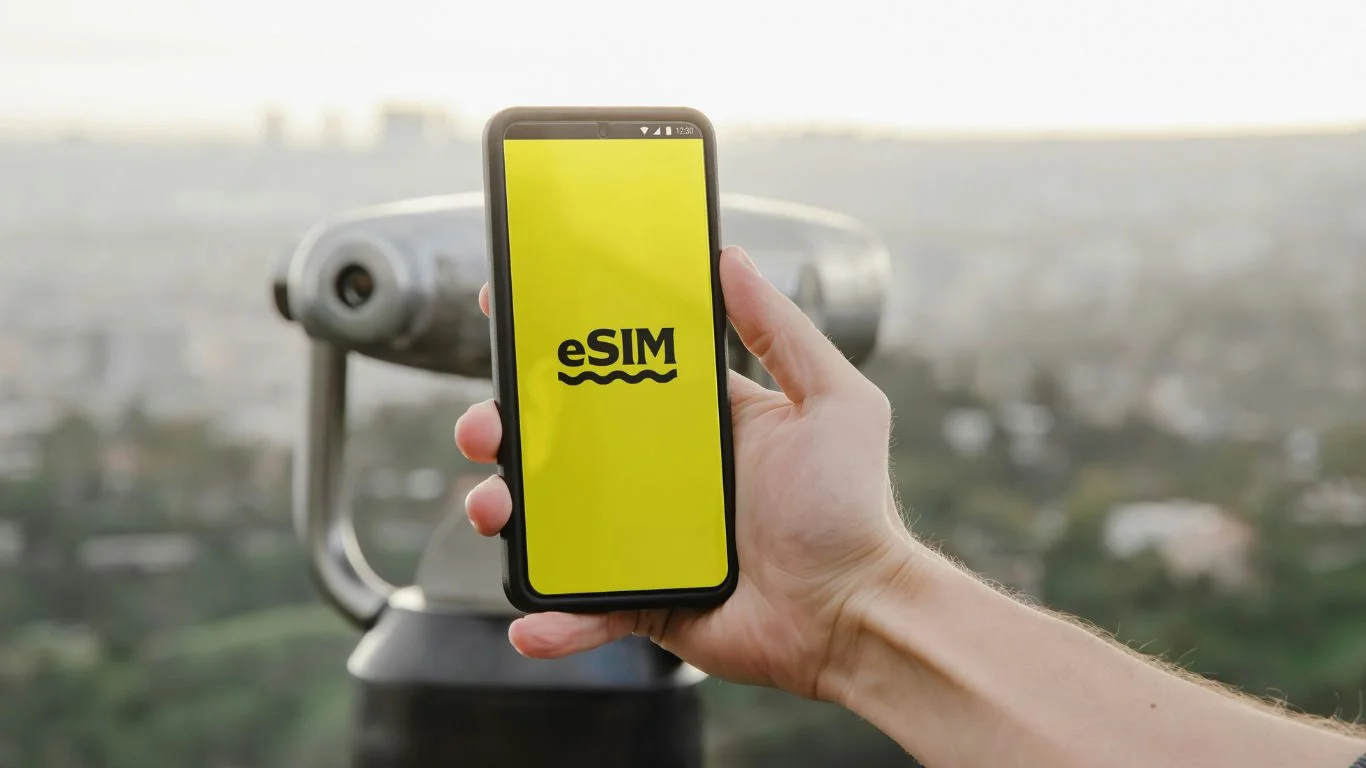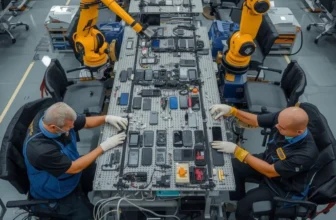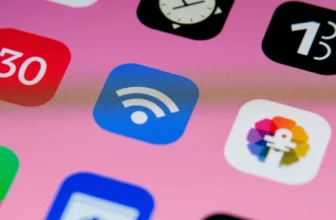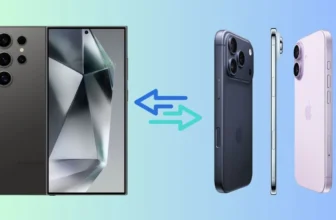
Remember the tiny plastic SIM cards we used to swap between phones? Yeah, those little guys might be on their way out. Thanks to eSIM technology, the way we connect to mobile networks is undergoing a major upgrade. It’s sleek, digital, and surprisingly flexible. But is this truly the end of physical SIM cards? Let’s dig in.
What is an eSIM?
eSIM stands for embedded SIM. Unlike the removable SIM cards you’re probably used to, eSIMs are built right into your device. That means no tiny tray, no fumbling with paperclips, and no losing your SIM card ever again.

Read More About: Top 5 Online Shopping Sites for Mobile Phones in Rhyl
How eSIM Technology Works
With eSIM, your device has a chip that can be programmed remotely by your mobile carrier. You simply scan a QR code or download an app, and boom—your network is activated. You can even switch carriers without changing the hardware.
The Evolution from Physical SIM to eSIM
SIM cards started back in the early ’90s and gradually shrunk in size, from full-sized to mini, micro, and then nano. But now, eSIM skips the plastic altogether. The rise in eSIM use began around 2016 and has picked up serious speed since Apple, Google, and Samsung started adopting it in their flagship devices.
Also Know: How to Record Calls Legally on Your Phone?
Advantages of eSIM
1. Total Convenience
Forget about needing a SIM ejector tool. You can activate service right from your couch.
2. Multiple Numbers, One Phone
Travel a lot? Use one number for home and another for travel—no SIM swapping needed.
3. Remote Setup
You can activate your line via an app or a QR code. Easy-peasy.
4. Saves Space Inside Devices
No SIM tray = more room for other components like bigger batteries or cameras.
Disadvantages of eSIM
1. Not Universally Supported
Some phones and carriers still don’t offer eSIM support.
2. Transfer Isn’t Always Smooth
Switching phones with an eSIM isn’t as simple as popping out a SIM card.
3. Privacy Concerns
As everything becomes digital, users wonder—how much control do I really have?
Devices That Support eSIM
The list keeps growing. It’s not just phones anymore.
Smartphones
- iPhone XR and newer
- Google Pixel 3 and up
- Samsung Galaxy S20 series and beyond
Tablets & Laptops
- iPad Pro, Air, and Mini (new models)
- Microsoft Surface Pro with LTE
- Lenovo ThinkPad with LTE
Smartwatches
- Apple Watch Series 3+
- Samsung Galaxy Watch
- Google Pixel Watch
eSIM vs Physical SIM: A Side-by-Side Comparison
| Feature | eSIM | Physical SIM |
|---|---|---|
| Size | Embedded, no slot needed | Small chip, requires slot |
| Setup | QR code or app | Manual insert |
| Switching | Instant via software | Requires physical swap |
| Security | More secure (less theft risk) | Easily lost or stolen |
| Dual SIM Use | Supports dual numbers | Requires dual-SIM tray |
eSIM and Global Travel
This is where eSIM really shines.
- No more local SIM hunting: Download a travel plan before landing.
- Instant activation: Through apps like Airalo, Holafly, and GigSky.
- Affordable options: Avoid expensive roaming fees.
Security Implications of eSIM
eSIMs offer enhanced protection because they can’t be physically removed. But they aren’t bulletproof. Hackers could still compromise profiles remotely, which makes strong passwords and app-based security crucial.
Carrier Adoption and Market Trends
More carriers are jumping on the eSIM bandwagon.
- US: AT&T, Verizon, T-Mobile
- UK: EE, Vodafone, O2
- Asia: Jio, Airtel, China Mobile
Europe and Asia are leading in widespread eSIM support. Developing markets are catching up, but it’ll take time.
eSIM for IoT and Connected Devices
eSIM is ideal for the Internet of Things (IoT).
- Smart homes: Thermostats and alarms stay connected.
- Vehicles: Cars with eSIM can update software and map data over-the-air.
- Industry: Remote devices can be managed centrally.
Challenges Slowing Down eSIM Adoption
- Lack of Awareness: Many users don’t even know what eSIM is.
- Budget Devices: Cheaper phones often skip eSIM support to cut costs.
- Carrier Resistance: Some providers still prefer the old model due to control and logistics.
The Future of SIM Cards
Is this the end of the physical SIM card? Maybe not tomorrow, but it’s coming. Experts predict that by 2030, physical SIMs will be nearly obsolete, at least in flagship and mid-tier devices.
Expect future phones to be slimmer, faster, and entirely digital when it comes to connectivity.
Read: Offline Apps Everyone Should Have
Conclusion
eSIM is changing how we connect. It’s not just a tech trend—it’s a major shift toward flexibility, security, and minimalism. While not perfect, the benefits far outweigh the downsides, and the adoption curve is only going up. So, is it time to say goodbye to the physical SIM? Probably not for everyone just yet—but the writing’s on the wall.
Frequently Ask Questions (FAQs)
Yes! Many dual-SIM phones now support one physical SIM and one eSIM.
Not really in terms of speed, but it’s way faster to activate and switch networks.
You need an internet connection to download the eSIM profile, but once active, it works just like a regular SIM.
No, but support is rapidly expanding, especially in developed markets.
Your eSIM profile may be erased. You’ll need to re-download it from your carrier or eSIM provider.






